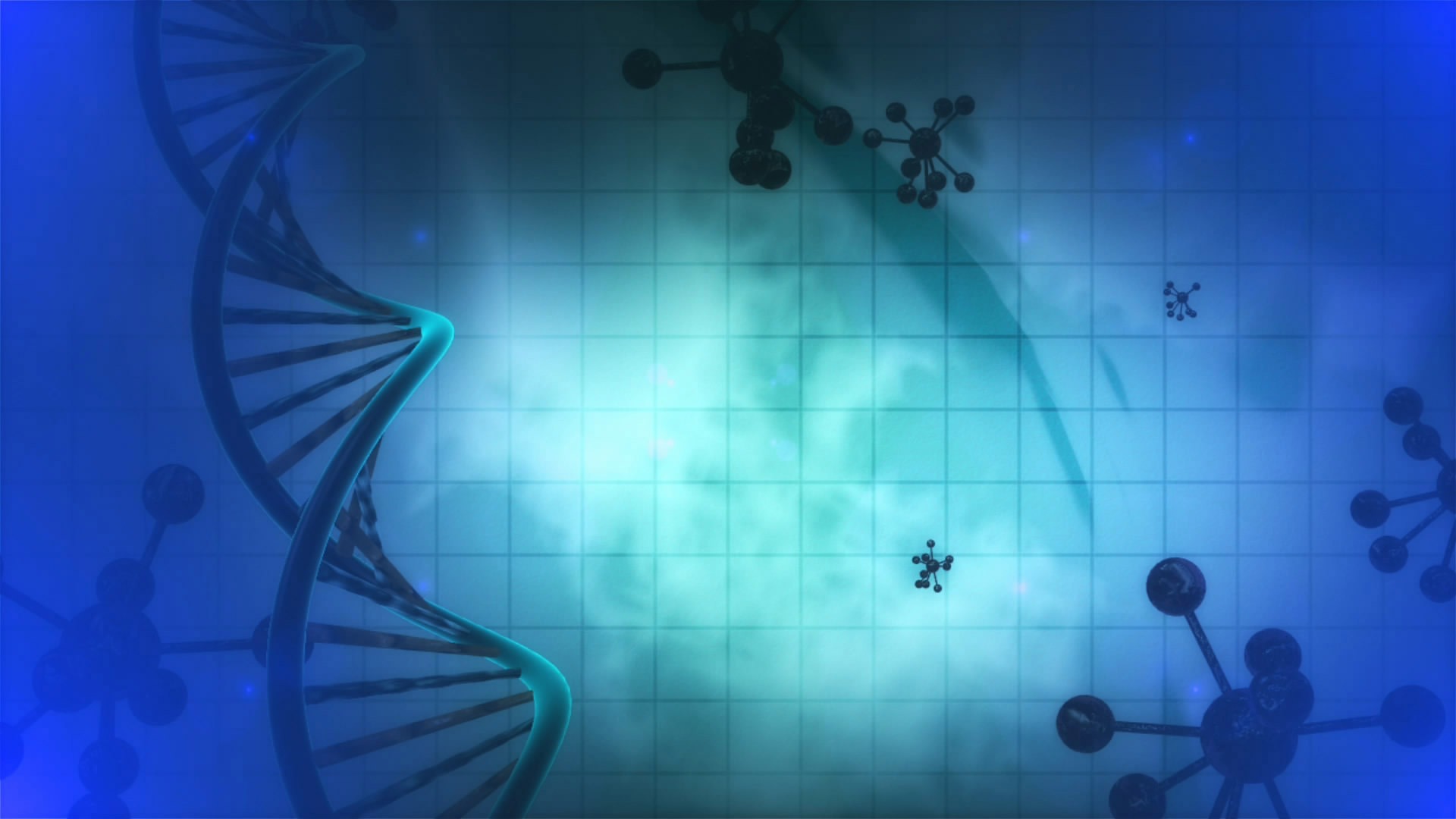We use synthetic chemistry to create a wide range of organic molecules with building blocks such as thiophenes, graphenes, anthracenes, porphyrins, metal-organic complexes, rotaxanes and many others.
We also use supramolecular chemistry to assemble nanosized objects into innovative materials, able, for example, to deliver drugs in specific parts of the body, or materials able to purify water, to interact with the membranes of living cells, to be used in composites for airplanes and cars.
We study the interaction between light and molecules both for fundamental research and for different applications, developing original molecular architectures and nano-machines to be used in light-emitting diodes, solar-to-fuel or solar-to-electricity conversion devices, sensors, photoactivable drugs or drug delivery systems.
We study the modifications of biomolecules – lipids and nucleic acids –due to free radical reactivity, using a combination of synthetic, mechanistic and analytical tools. We use liposomes and proteoliposomes as biomimetic models of free radical reactivity in aqueous systems. Modified biomolecules are part of our chemical biology approach to study cell, animal and human models, thus discovering molecular basis of biological disfunctions and providing new biomarkers to follow up onset and progression of human diseases and provide new ideas for therapeutical strategies.
Some examples of our expertise are:
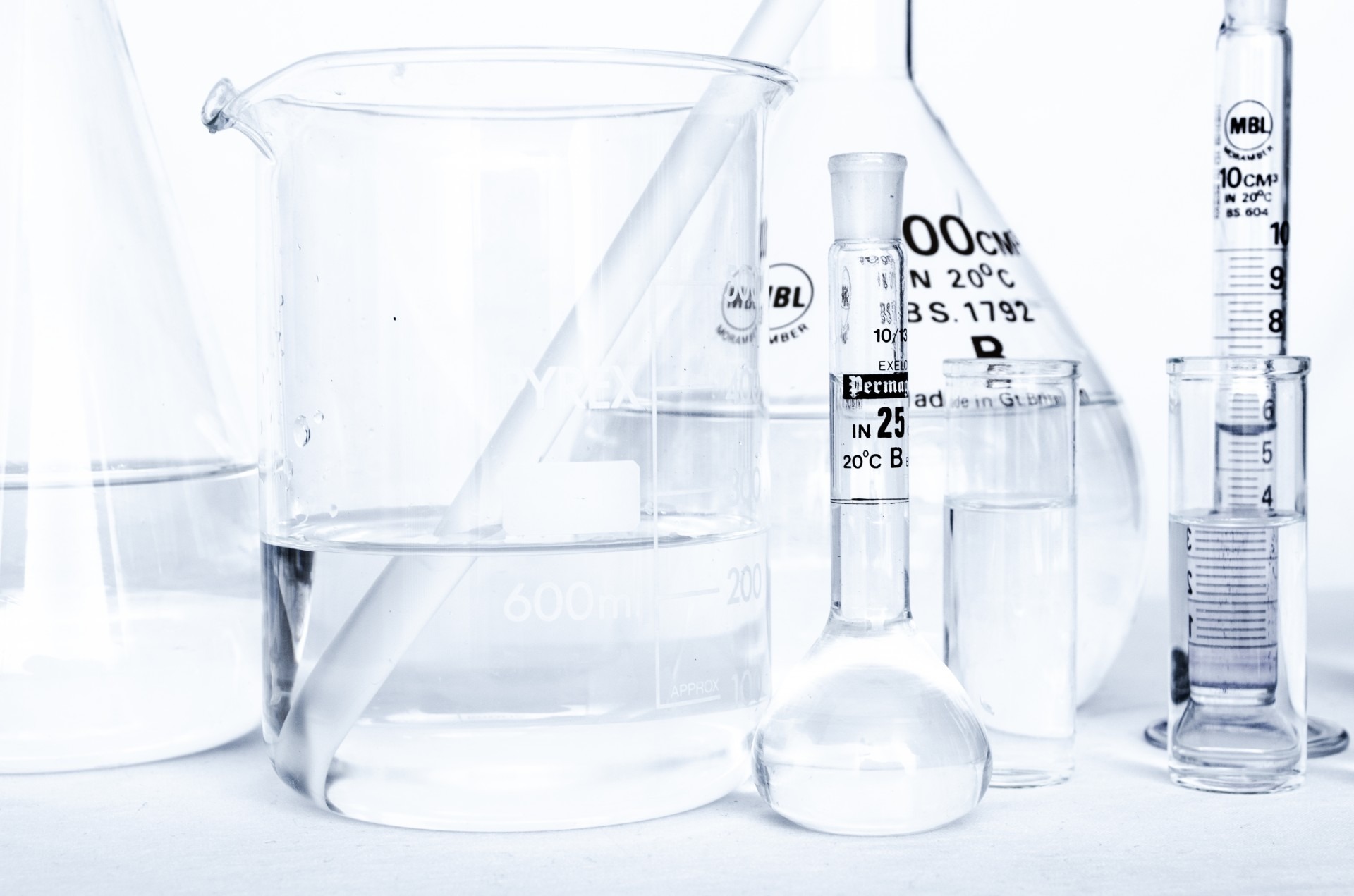
Synthetic Chemistry
We create molecules with building blocks such as thiophenes, graphenes, anthracenes, porphyrins, metal-organic complexes, rotaxanes and many others.
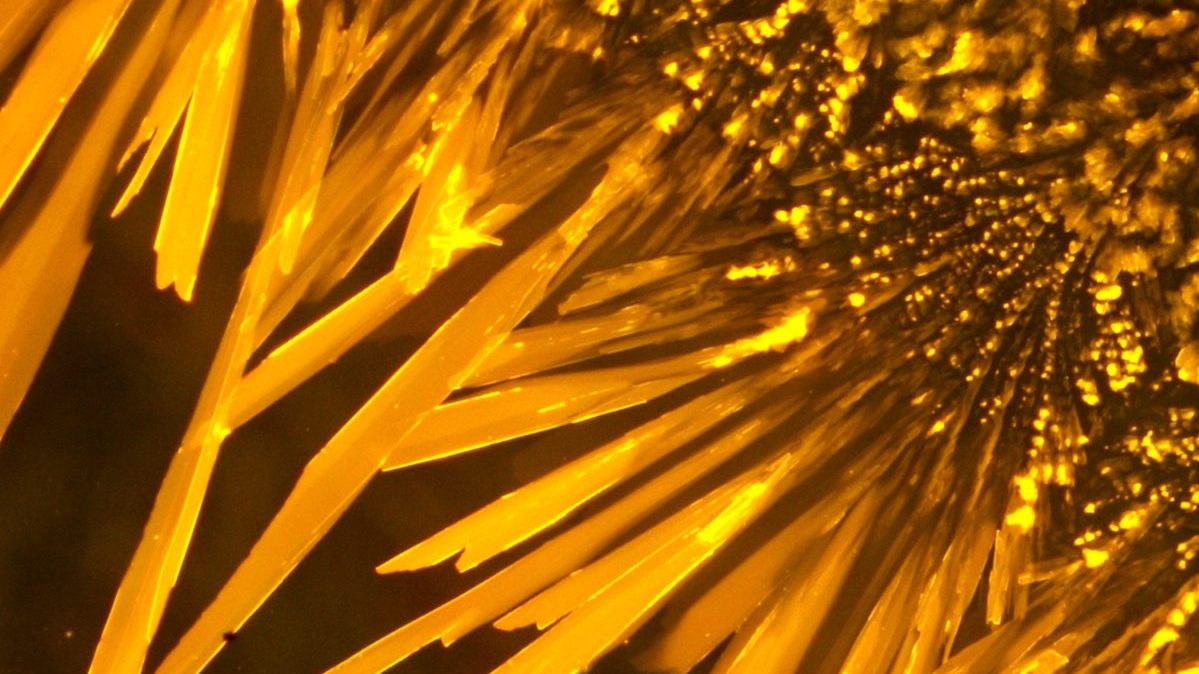
Supramolecular Chemistry
We assemble complex structures and materials using weak, reversible interactions.
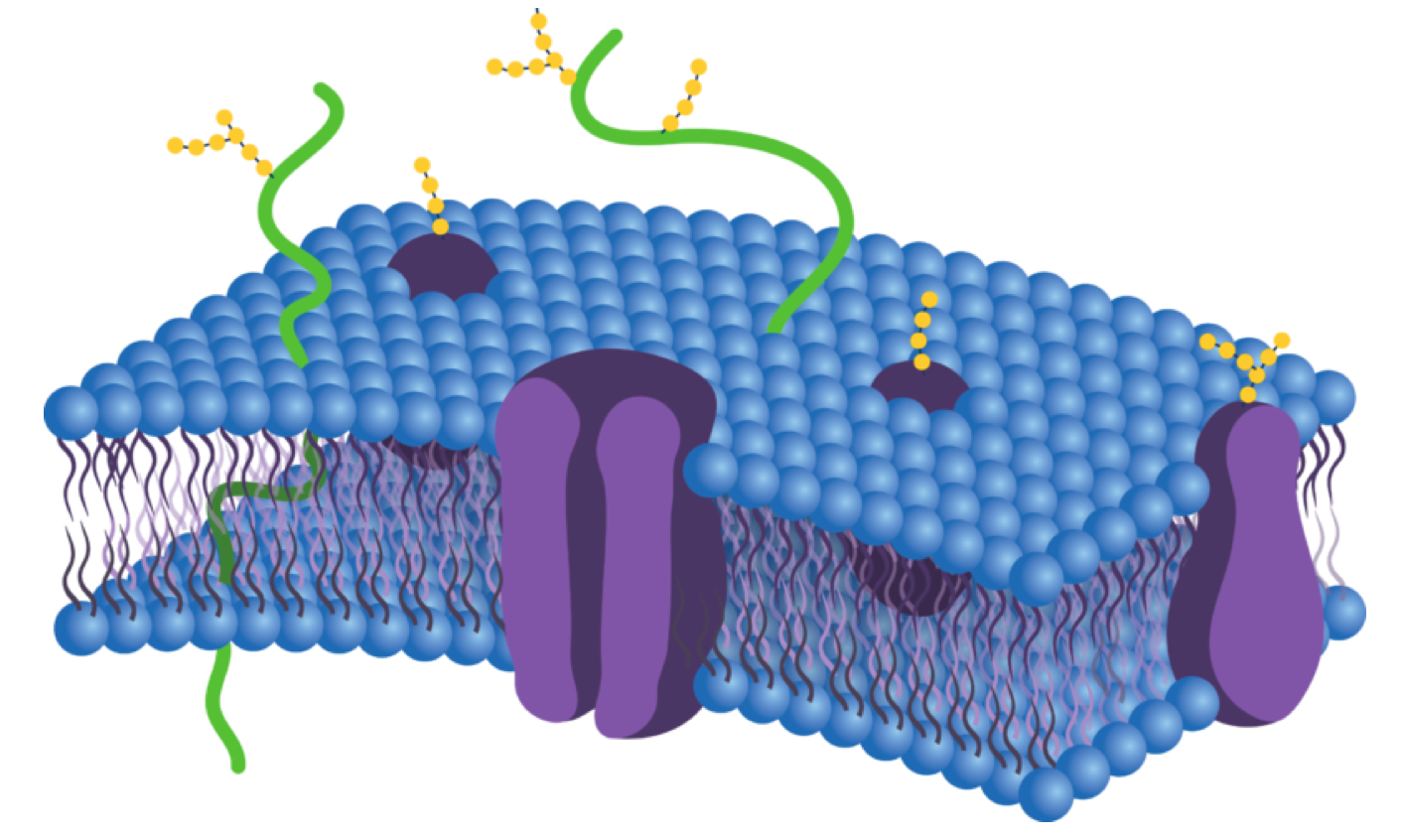
Radical Chemistry
We study the chemical reactivity of lipids, proteins and nucleic acids under free radical stress.

Photochemistry
We study the interaction between light and molecules with a wide range of spectroscopic techniques.
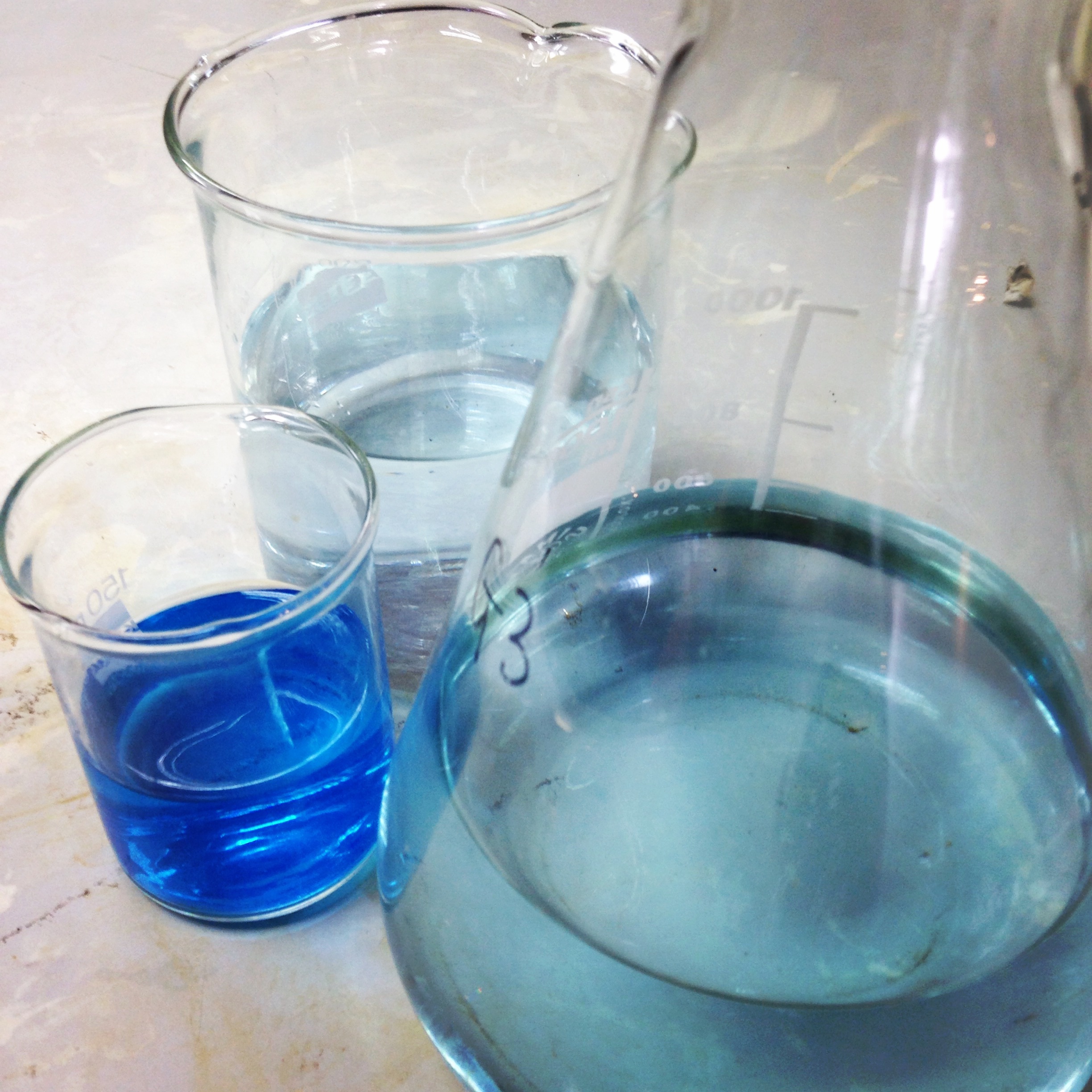
Sustainable Chemistry
Sustainability criteria are on the need to make chemistry not only a fascinating science, but also an acceptable human activity for our society.
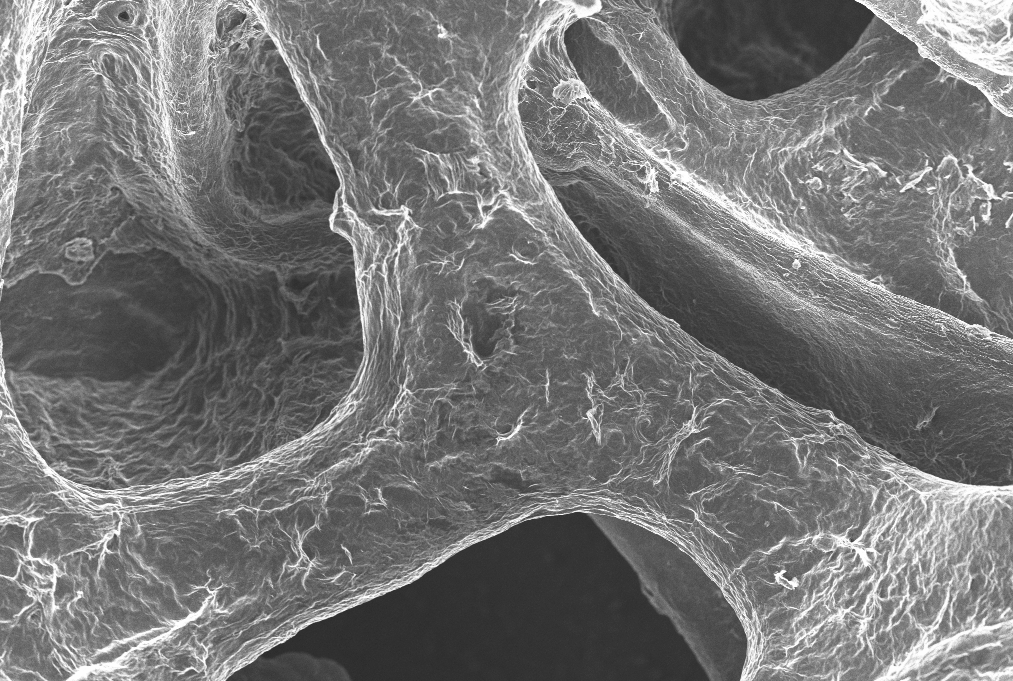
Materials Science
We assemble molecules into composite materials, whose nanoscale structure gives improved mechanical and electrical properties, new functionalities.
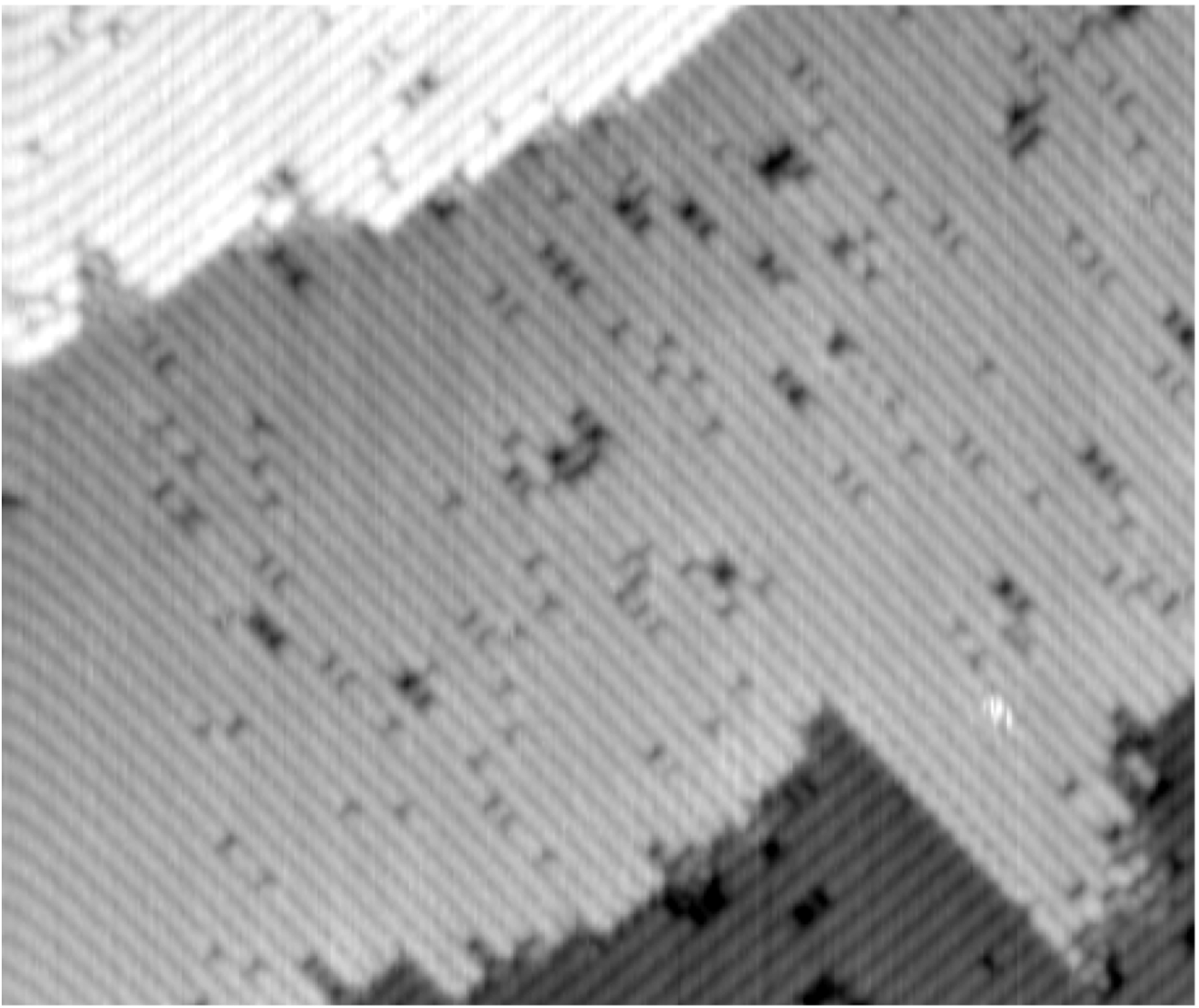
Microscopy
We study the surface of materials from the nanometer to the millimeter scale to correlate their structure with electric or optical properties at the nanoscale.

